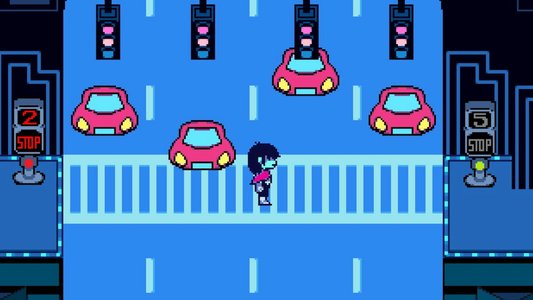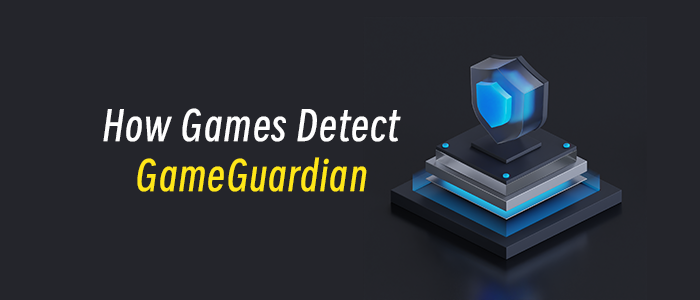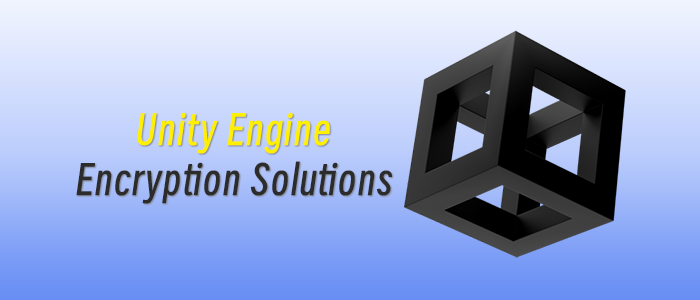Author: by Staff
In a new Gamasutra feature, contributor Guillaume Gouraud gives a primer on handling the trend towards stereoscopic 3D gaming from a game programming perspective. After giving a basic introduction to various forms of stereoscopic 3D displays -- from ones using filtered lenses to glasses-free auto-stereoscopic screens -- Gouraud details two different programming techniques for generating the two slightly different images needed to generate a stereoscopic output. The first, 2D + depth rending, judges the depth of objects in a game scene and then generates a second point-of-view for that object using a per-pixel displacement. This technique, which has been used in Enslaved: Odyssey to the West and Batman Arkham Asylum: GOTY edition, is relatively painless from a processing point-of-view, but places at upper limit on the depth-of-field effect that can be achieved. Dual rendering, on the other hand, uses two virtual cameras to generate the two unique views needed for a stereoscopic 3D effect. This method generates the most authentic 3D effect, as seen in titles like Killzone 3 and Gran Turismo but requires the game engine to effectively render twice as many images as a 2D scene, which can cause runtime processing problems, especially on lower-powered consoles. The complete feature goes in to more detail on how each of these rendering processes works, and what developers can expect from the stereoscopic 3D market.
Feature: A Game Developer's Guide To Stereoscopic 3D
Aug. 17, 2011

Tags:
2011
Subscribe to our newsletter
About JikGuard.com
JikGuard.com, a high-tech security service provider focusing on game protection and anti-cheat, is committed to helping game companies solve the problem of cheats and hacks, and providing deeply integrated encryption protection solutions for games.
Top

David Dastmalchian Comments On M. Bison Role, Says He's Playing Lots Of STREET FIGHTER 2
July 28, 2025

MORTAL KOMBAT II Producer Teases Third Installment And Potential Spin-Offs
July 28, 2025

GOD OF WAR Showrunner Ronald D. Moore Discusses The Prime Video Adaptation's Tone And Development Progress
July 28, 2025

UKIE responds to adult games being pulled from Steam and itch.io after pressure from payment providers
July 28, 2025

The studio behind Teenage Mutant Ninja Turtles: Mutants Unleashed brings in union after facing closure
July 28, 2025
Recent

David Dastmalchian Comments On M. Bison Role, Says He's Playing Lots Of STREET FIGHTER 2
July 28, 2025

MORTAL KOMBAT II Producer Teases Third Installment And Potential Spin-Offs
July 28, 2025

GOD OF WAR Showrunner Ronald D. Moore Discusses The Prime Video Adaptation's Tone And Development Progress
July 28, 2025

UKIE responds to adult games being pulled from Steam and itch.io after pressure from payment providers
July 28, 2025

The studio behind Teenage Mutant Ninja Turtles: Mutants Unleashed brings in union after facing closure
July 28, 2025

Some game firms are struggling with the complexities of the UK Online Safety Act
July 28, 2025

Sony sues Tencent for "slavish clone" of its "valuable" Horizon franchise
July 28, 2025

Puzzle & Dragons publisher/developer GungHo Online faces shareholder revolt
July 28, 2025

Dating App Breach Exposes Images of 13,000 Women
July 28, 2025

US Woman Gets Eight Years for Part in $17m North Korean Scheme
July 28, 2025
Blog

Security Risk Analysis for Racing Games
July 28, 2025

Are there hacks that increase gacha pull rates?
July 24, 2025

VMOS Open-Source: New Threat to Game Security
July 18, 2025

How Games Detect Black and Gray Studio
July 15, 2025

How Games Detect iOS Jailbreaks
July 11, 2025

FPS Game Anti-Cheat Solution
July 9, 2025

Black and Gray Industry Insights: HappyMod
July 7, 2025

Online Game Anti-Cheat Solution
July 4, 2025

iOS Code Encryption Solutions
June 26, 2025

Casual Game Security Risks Analysis and Solutions
June 25, 2025
Random

Motorola will give you a free smartwatch with its latest foldable phone deal - how to qualify
July 25, 2025

Critical Flaws in WordPress Plugin Leave 10,000 Sites Vulnerable
July 28, 2025

13 tech trends to watch now, according to McKinsey (and no, it's not all AI)
July 25, 2025

This 4K projector changed the way I watch TV at home (no keystone adjustment needed)
July 26, 2025

Why I swear by this Garmin smartwatch over competing models (including the Apple Watch Ultra)
July 25, 2025

The studio behind Teenage Mutant Ninja Turtles: Mutants Unleashed brings in union after facing closure
July 28, 2025

Dating App Breach Exposes Images of 13,000 Women
July 28, 2025

MADDEN 26 Player Ratings: Predicting The Best Rated Quarterbacks (QBs)
July 26, 2025

Newzoo data reveals who won out among the Switch 2 third-party launch titles
July 25, 2025

Finally, an Android smartwatch with extensive health tracking (and doesn't break the bank)
July 25, 2025
Most Views

How Games Detect GameGuardian
March 17, 2025

Explanation of Game Anti-Cheat Solutions
March 17, 2025

Cheat Engine Modifier Detection Solutions
March 18, 2025

Explanation of Unity Engine Encryption Solutions
March 17, 2025

How to Anti Hack in Client-Side Games
May 21, 2025

Cocos Engine Encryption Solution
April 8, 2025

How Games Anti-Debugging
April 15, 2025

Cloud Phone Detection Solution for Gaming
May 21, 2025

How Games Detect Frida
March 25, 2025

How Games Detect PlayCover
March 26, 2025


